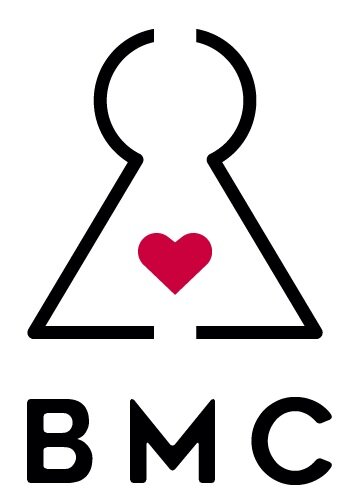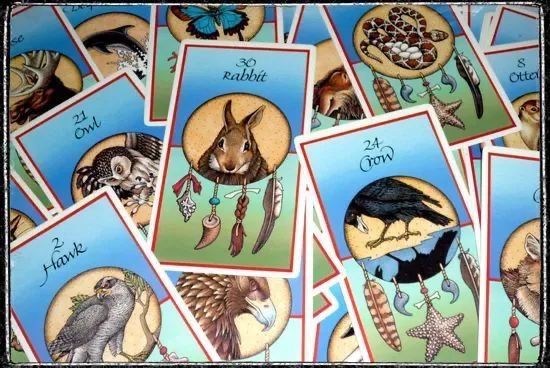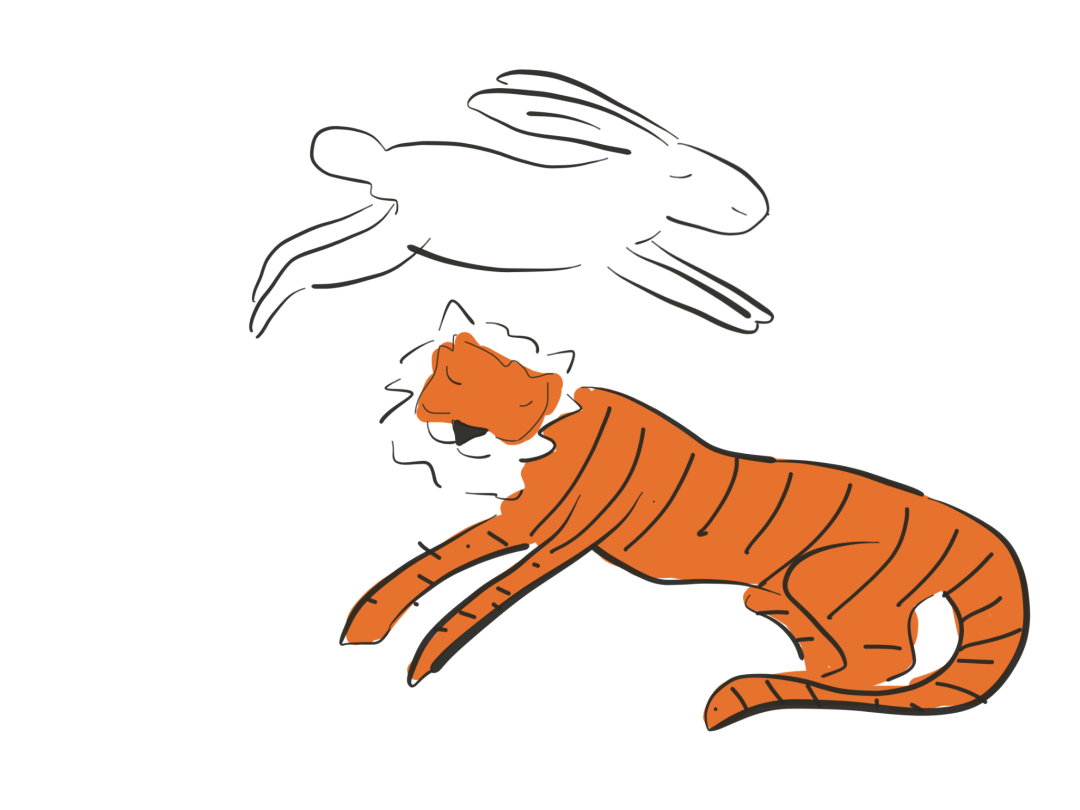How Do You Motivate Yourself?
Rabbit and tortoise, rabbit and lion, rabbit on the Moon, rabbit and crocodile, rabbit and fox, rabbit and tiger, rabbit and elephant, Velveteen Rabbit, Buggs Bunny, Alice in Wonderland and Neo escaped the matrix following the white rabbit. Human folklore is rich with stories where this fluffy creature teaches us to slow down, love or welcome good luck.
In First Nation tradition, Rabbit is the messenger of fear. As the legend says, once upon a time, Rabbit was a fearless warrior and travelled accompanied by Eye Walker, the witch. After crossing many valleys, Rabbit sighed and expressed how hunger was taking over, and Eye Walker used her magic wand to create a carrot. Rabbit didn't comment as he ate the carrot and continued to journey forward. After a while, he thought to himself how thirsty he was and Eye Walker immediately created a small pond for the Rabbit to quench his thirst. Turning suspicious and wrapped with unease, Rabbit began to run continuing to check if the witch still followed him. He didn't believe in magic and didn't want anything to do with it. Suddenly the end of the road appeared and since he didn't pay attention, he lost his balance and began to fall into a ravine. Eye Walker immediately created a ledge where he could safely land which brought Rabbit to fury: "I had enough! Stop following me and using magic. I'm scared of you!" From that day, Eye Walker cursed the Rabbit and changed his name to Fear Caller. So now, Rabbit roams around saying: "Eagle, I am so afraid of you, don't eat me", but instead, Eagle hears him and finds him. In this tradition, Rabbit medicine people are so afraid of tragedy, illness, disaster, and "being taken" that they call those very fears to them to teach them lessons. (Source: Sams, Jamie and Carson, David. Medicine Cards Santa Fe: Bear and Company, 1988).
Do you use fear and anxiety to motivate you and be in top-performance mode? Motivation induced by constant pressure, coupled with inner criticism and judgment is a shortcut toward burnout and exhaustion. It will also exhaust people around you as they hear your negative view of the future.
Motivating ourselves with fear is the ego-based approach. It creates a worldview from survival-based needs. Everything you perceive about yourself and your environment will seem real and you will continuously receive validation of the things you are afraid of. You will be in constant fight, flight, freeze or fawn mode to survive. You will feel like a cursed rabbit. The more you try to escape your fears, the more you will feel trapped by them. For too long, we have been taught that being concerned or worried means that we care about outcomes. We forgot how to act while being relaxed.
Compassion shifts the inner dialogue from judgment and criticism to the inner voice of empathy and empowerment. Have you ever tried speaking to yourself in that way? To speak the language of self-compassion means to:
Give yourself an emotional break
Begin to engage in a kind and positive self-talk
Practice self-forgiveness
The voice of the Inner Empath activates the neural function of the wisdom center (PFC - prefrontal cortex), where the intensity of emotions doesn't direct our behavior. When thinking modality shifts to PFC, we can use empathy to hold the awareness of emotions, which enables us to make sound decisions with long-term benefits. Numerous studies show that "higher levels of self-compassion are linked to increased feelings of happiness, optimism, curiosity and connectedness, as well as decreased anxiety, depression, rumination and fear of failure." (source: https://www.ncbi.nlm.nih.gov/pmc/articles/PMC2790748/
As the Spring Festival approaches and Rabbit hops over the Tiger, may we give space to self-compassion and connectedness.
Are you experiencing post-COVID fatigue and have concerns about coming back to your optimal performance? BMC Academy coaches are available to provide assistance and bring awareness to the wisdom of emotions and compassion. Please scan check our coach directory.







